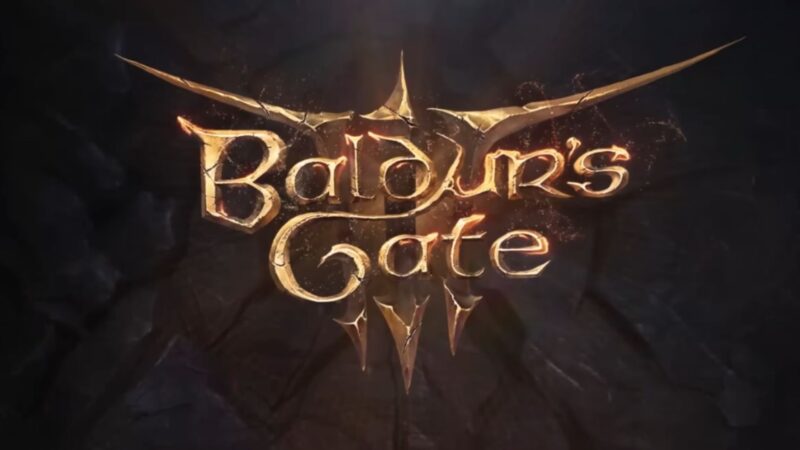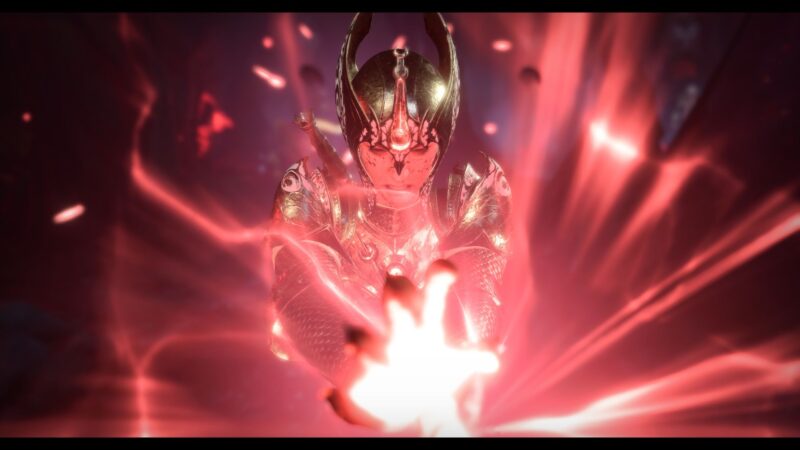It’s been a year since Baldur’s Gate 3 launched, and in this article, we’re exploring whether it still holds up, what’s new, and if it’s worth playing now and in the future for 2025 and beyond!
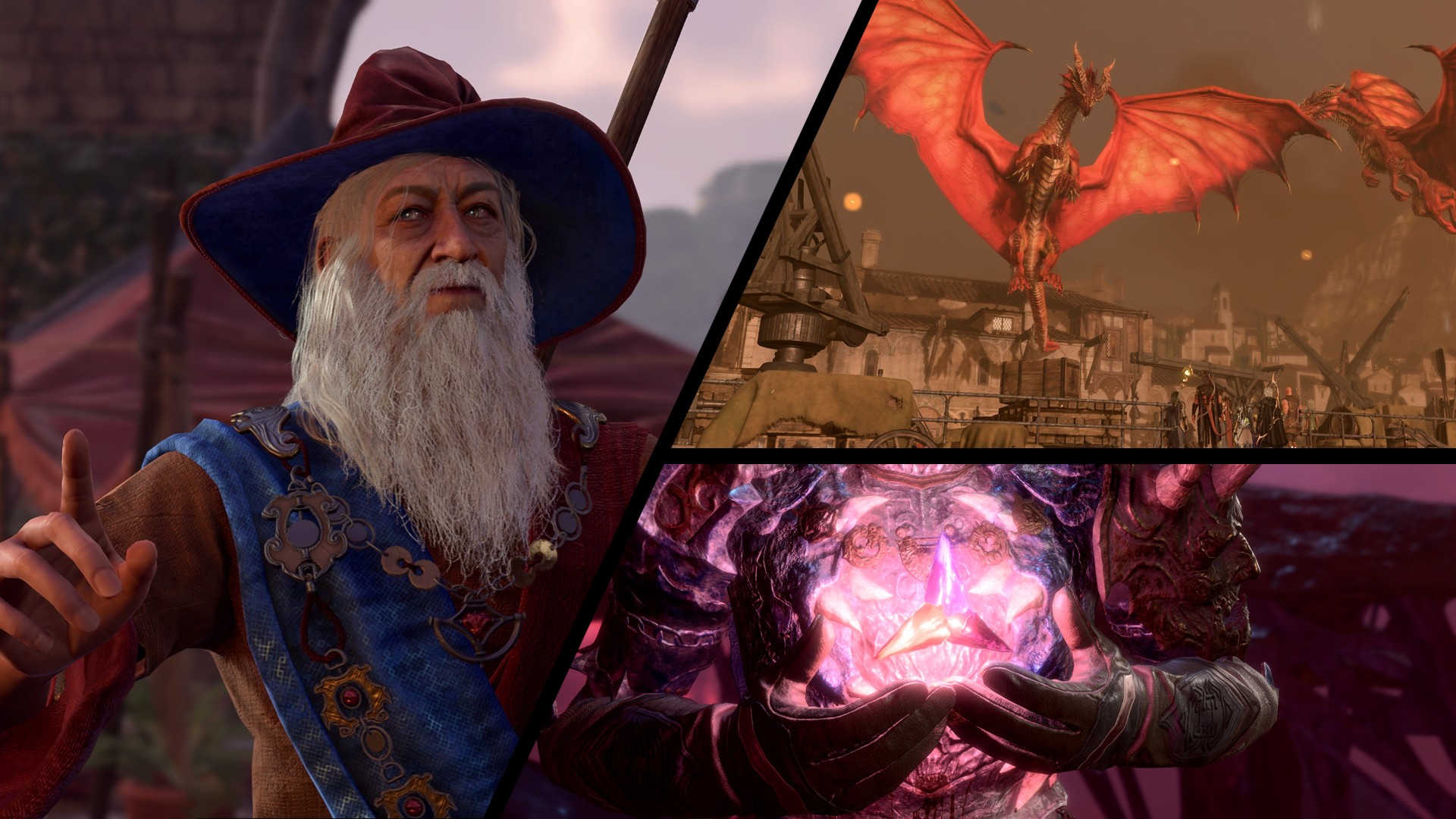
Baldur’s Gate 3 in the Year 2025
Hailed as one of the greatest games of its generation, Baldur’s Gate 3 has an impressive 95 Metacritic score and over 600,000 overwhelmingly positive Steam reviews. It’s also been a massive commercial success, selling more than 15 million copies—and that number keeps growing.
Unlike most single-player RPGs, Baldur’s Gate 3 has shattered expectations by maintaining a higher daily player count now than it did in its release year of 2023. Larian Studios set out to create the ultimate RPG. If you were stranded on an island with electricity and a high-powered gaming rig, you could play for the rest of your life. It’s highly unlikely, but you get the point—one RPG to rule them all with incredible character depth and player choices.
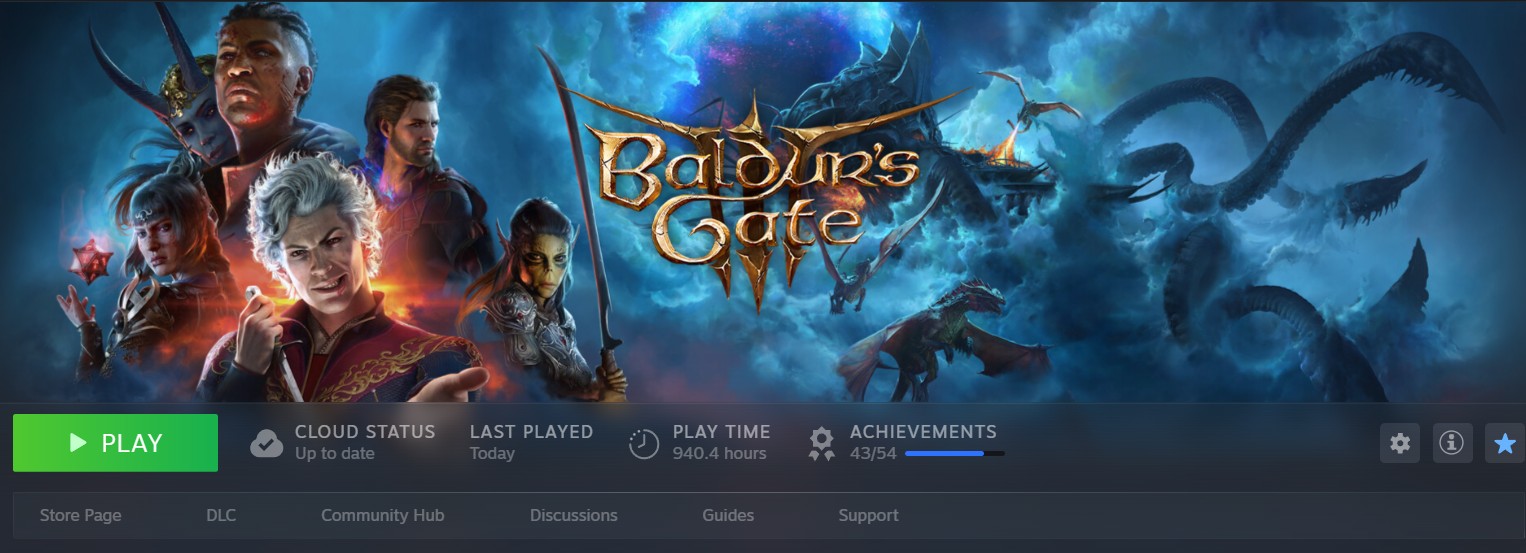
And with nearly 1,000 of game time, let’s take a look back on what makes BG3 so popular and if now is the best time to play or return to this iconic game.
Baldur’s Gate 3 Development and Launch
Developed by Larian Studios, Baldur’s Gate 3 spent years in early access and was released on October 6th, 2020. During this phase, players experienced the full-scale feel of Act 1, with noticeable improvements in each development update. I remember initially playing in Early Access because I was a massive fan of Divinity Original Sin 2. But the Dungeons and Dragons (DnD) Fifth edition (5e) rule set was so cumbersome in a video game that the game felt awful.
The resting mechanics felt broken. Each fight took what seemed like an hour, and the game’s flow didn’t match the intended pace of combat. However, Larian Studio did the unthinkable for a gaming studio. They listened to their gamers and made changes that were directly asked for by their community.
Returning to BG3 After Early Access
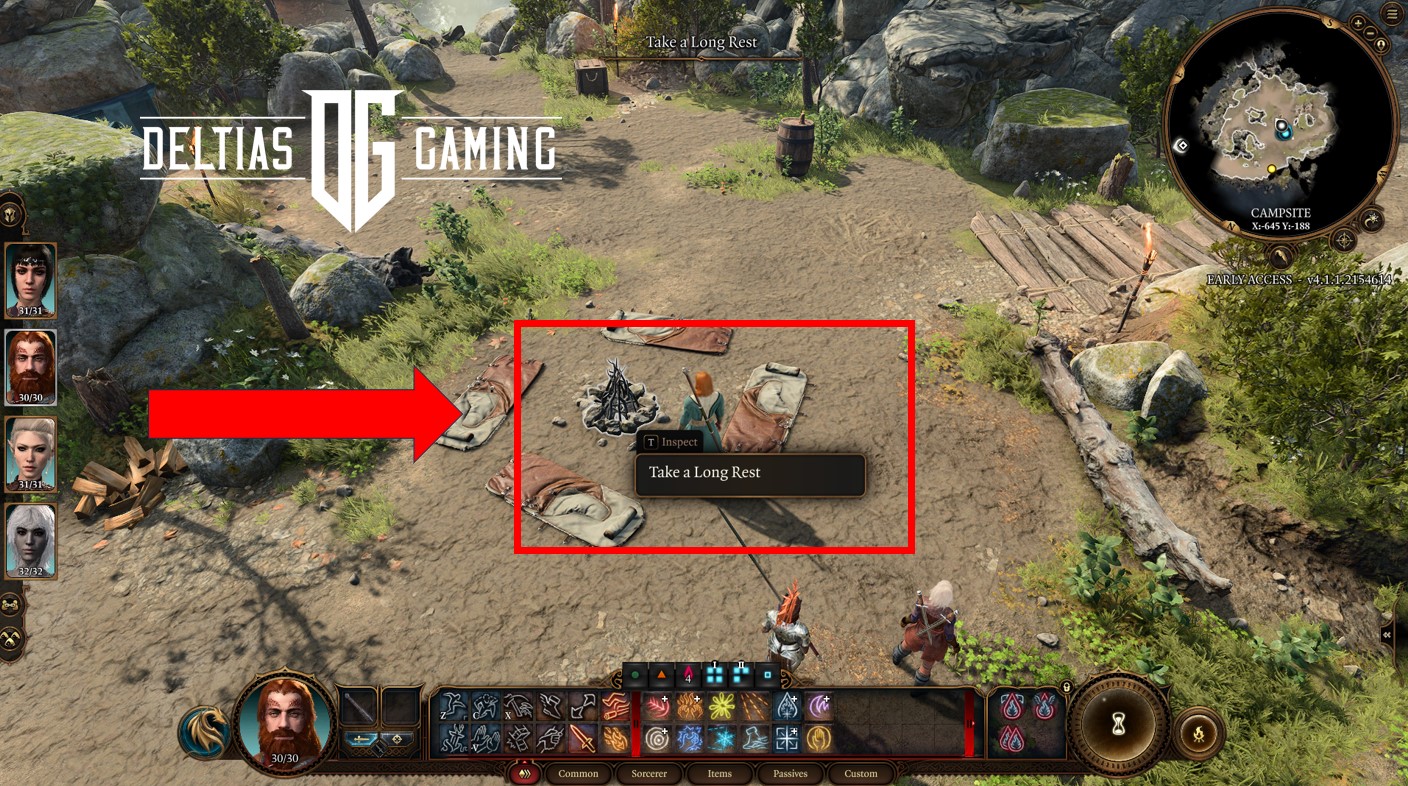
Marching through years of countless changes and content, I returned to BG3 in June before the game’s full launch to understand the DND 5e rule set so I could make guides. This game was transformed with much faster-paced combat, better graphics, and more story, and that was just Act 1. Act 1 alone felt like a $60 game matching the value, and I was shocked to think there were two more acts.
By listening to feedback from the community, Larian made early access a resounding success.
What really set the game apart from other RPGs was player choice, dialogue, and replayability. Simply put, no other RPG, not Mass Effect, Dragon Age, or Bioware’s claim to fame, had the sheer volume of branching dialogue choices and options.
How Did Baldur’s Gate 3 Win Fans Over?

For those unfamiliar with DND and the 5e rule set, it’s very complex. The ability to equip armor and use spells is based on your proficiency. Racial bonuses were insanely overpowered in early access, forcing you to make specific racial choices for optimization. When you fire up BG3 the first time, the overall game mechanics and dice roles feel odd, with most of it happening in the background as you point and click your way through the game.
The story is set in the world of Faerûn and follows a party of adventurers infected with a parasitic tadpole. While the tadpole grants them strange powers, it threatens to transform them into monsters. Thus, you set out on a quest to figure out how to get this tadpole out of your head and survive before being transformed into a mindflayer, which you see in the prologue.
The game is built on meaningful choices, both in story and gameplay. It offers a rich, branching narrative in which your decisions shape the world and your relationships. Depending on your choices, every discussion and combat can feel unique and different, giving you a sense of unknown each and every time you play. At its heart, this randomness and slight variations at the same moment give BG3 the depth no other modern RPG has.
The Strength of Baldur’s Gate 3 Writing
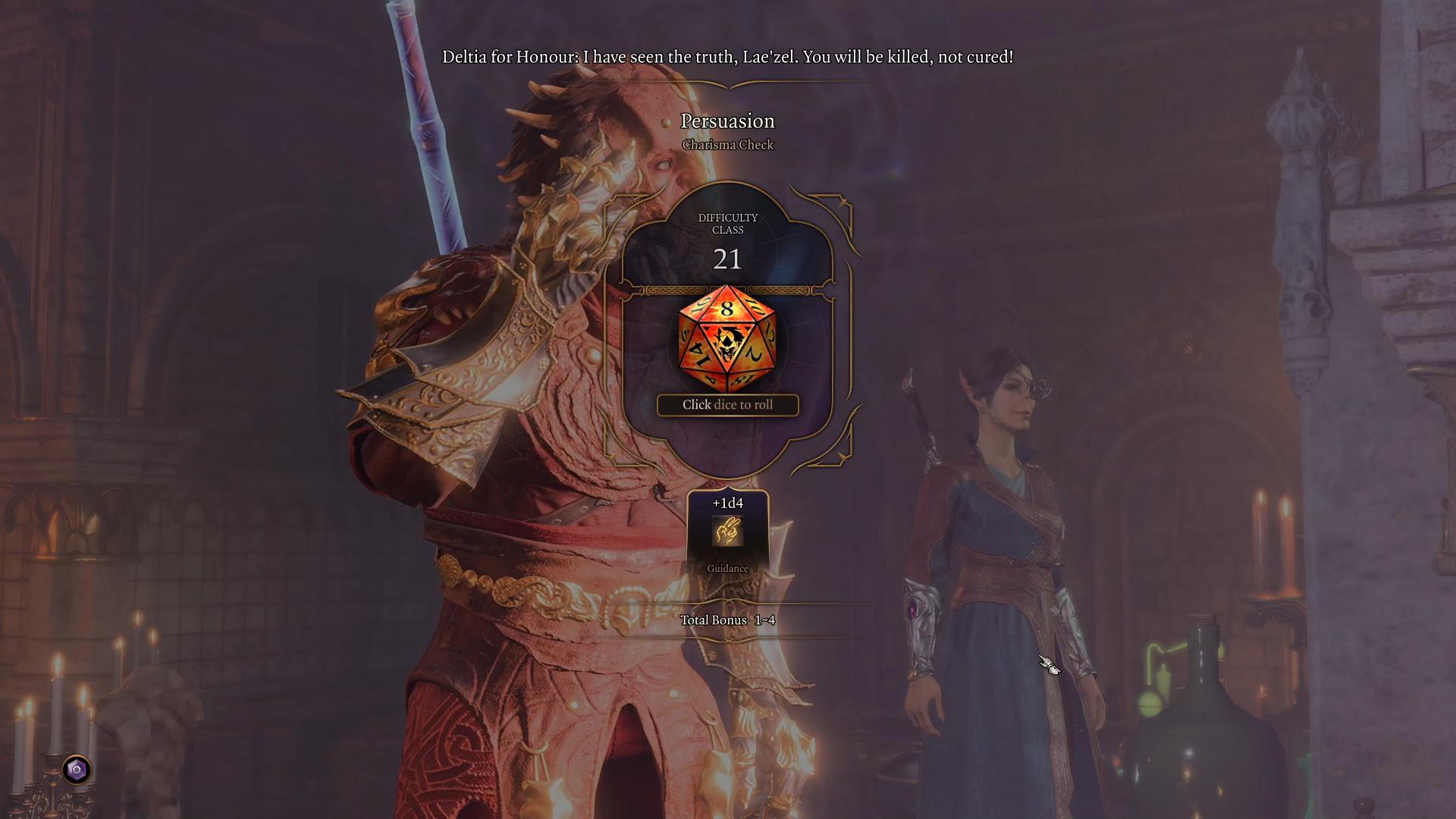
The game’s greatest asset is its writing—a complex narrative of intrigue, betrayal, and deeply personal moments. From the moment you wake up aboard the mind-flayer ship, you see how the world reacts to you. Your decisions affect not just the story but the world itself. None of the characters feel like placeholders; everyone has a purpose within the game’s ecosystem.
Each companion has their own distinct personality and worldview. Their behavior reflects who they are, right from the moment you meet them. Think of your first encounter with Astarion or Wyll stepping in to defend the tiefling camp from goblins. These interactions stem from thoughtful writing that truly understands the characters, classes, and world.
Characters like Shadowheart and Lae’zel have some of the most well-written backstories, and your relationships with party members evolve based on your actions. Depending on your choices, they can become your allies, rivals, or even romantic partners. Every decision can lead to far-reaching consequences—something rare in modern games.
Furthermore, romance and relationship building are not like other RPGs where romance happens just before the last mission in some expected fashion. Oh no, someone like Lae’zel can be VERY aggressive early, if you catch my drift. The companion’s questlines lead to touching and terrifying conclusions that rival some of my favorite novels in terms of emotional impact.
Replay Value
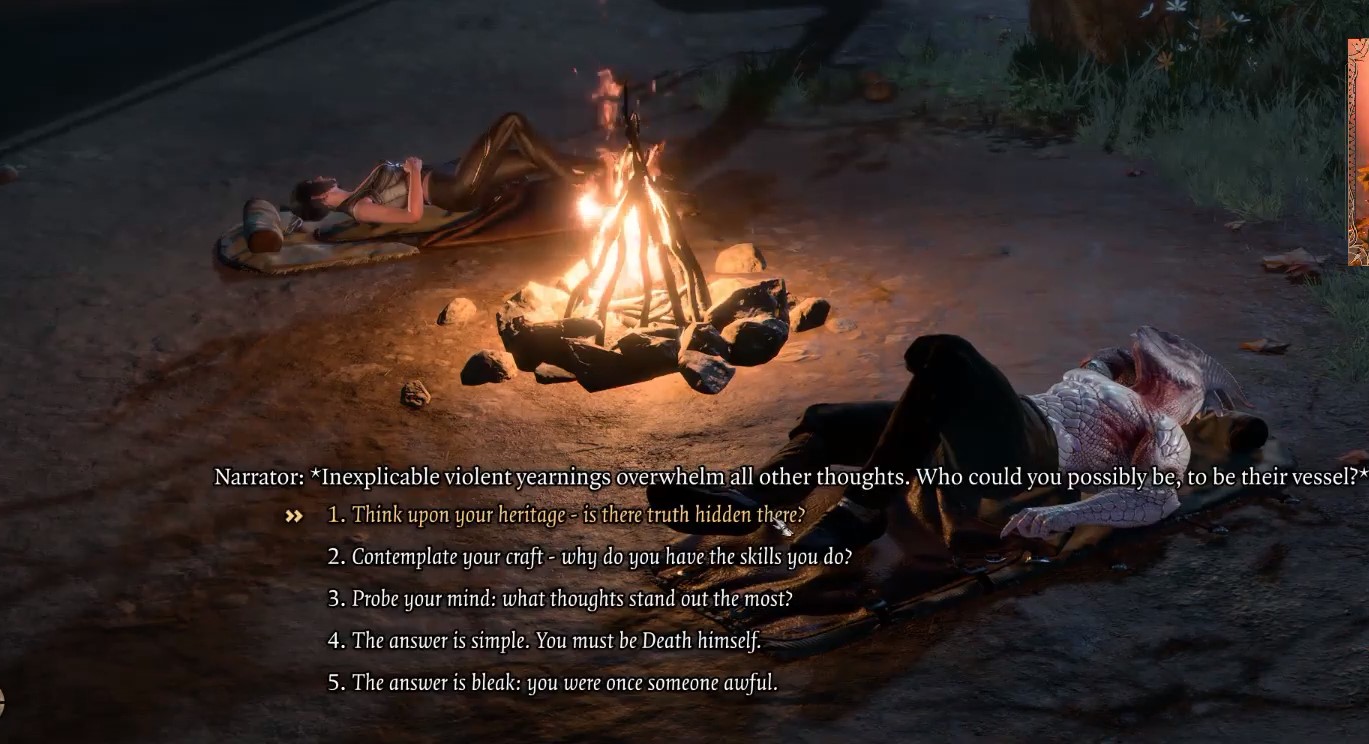
BG3 replay value is like reading a 2,000-page book where you control choices, branching to a dramatic conclusion where you immediately start a new game because you’re like, “I’ve got to see how x choice changes things.” You can spam YouTube videos and get all the information, but you want to live through those cut scenes and control the character. This deep sense of agency keeps you coming back, starting new campaign after campaign.
The depth of its characters, the variety of questlines, and the endless dialogue options ensure there’s always something new to discover.
- You can align with different characters, take opposing moral paths, or approach quests differently.
- Every playthrough feels fresh, and there are a staggering number of choices to explore, making it a game you’ll want to revisit time and again.
In a time when many games focus on linear, one-size-fits-all storytelling, Baldur’s Gate 3 proves how impactful and rewarding true player choice can be.
Combat
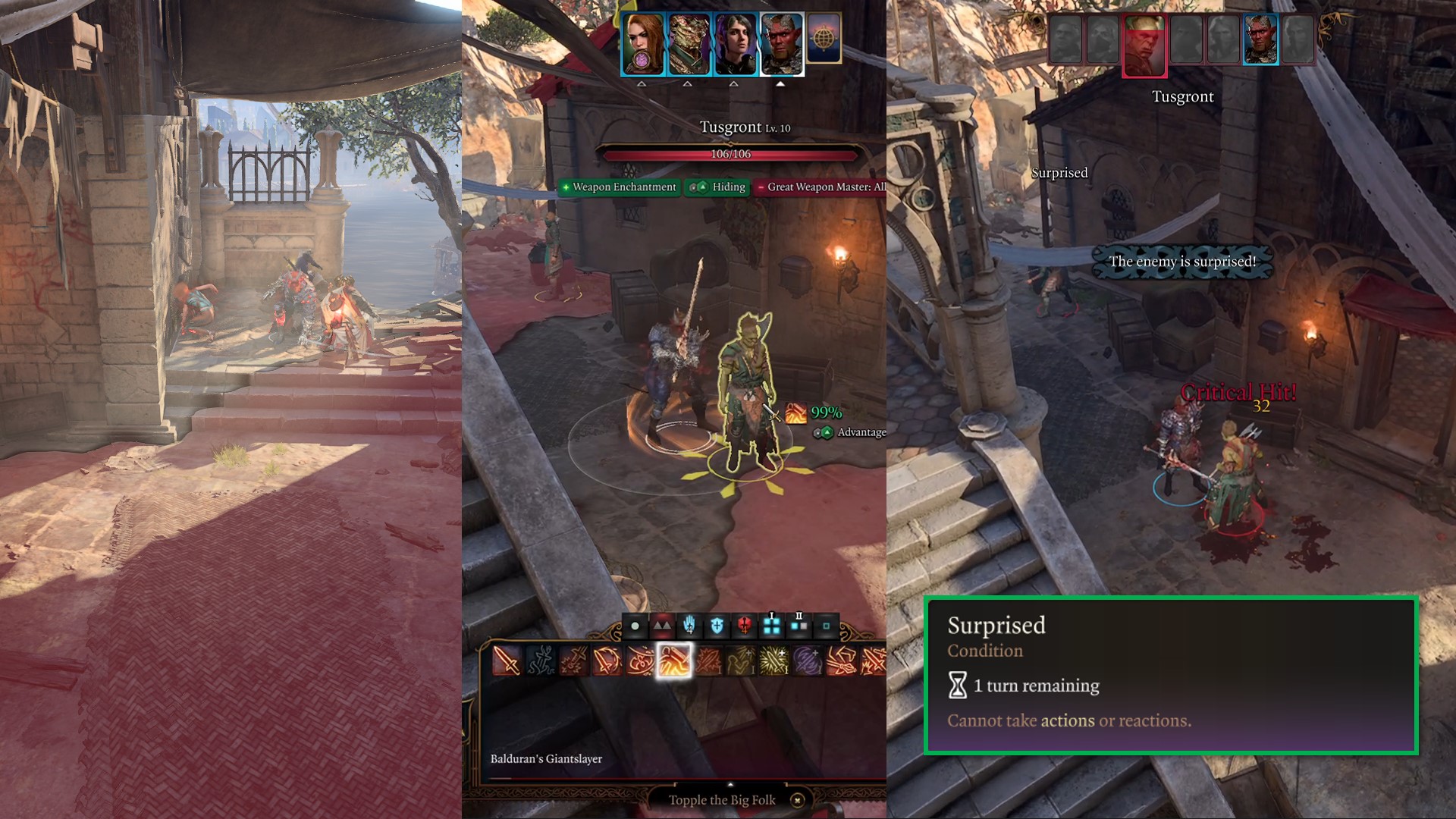
Combat in BG3 is a love-hate relationship. The turn-based, over-the-top view is a bit slower than other fast-paced action games, but the complexity and build theory crafting are where the game shines. Moreover, the developers strayed slightly from the hardcore true DND 5e rule set shown in early access. This accelerated the combat and made it feel more gamey, if that’s a word, and less slow and sluggish.
This systematic approach is perfect for fans of tactical RPGs, allowing players to enjoy a more thoughtful combat style. Whether you prefer melee brawling, powerful magic, or stealthy kills. You might even approach battles differently on separate playthroughs, keeping things fresh.
Same Fight Different Feeling

And going back to the game’s replayability, you can encounter the same fight from different angles, with different builds and characters, and it feels completely different. You may try a new approach from stealth or a new spell that stuns, and the fight is wildly different. For instance, one fight I struggled with in Act 1 getting absolutely dominated is the GIthyanki fight. Lae’zel level solos are off on their own, and you’re forced to engage against level 5 overpowered fighter Githyanki, who seems to have 100 actions per turn.
Using a spell-like Sanctuary, ice arrows to stun, or command drop to get the legendary sword made things so much easier. It’s one spell and one action, making the entire combat and encounter feel easy or different. And just like the story and dialogue, you are always learning and experimenting in combat to find that right playstyle that just fights you. Even for a solo RPG game, endless combinations and great difficulty, like honor mode, keep you coming back for me.
Honour Mode Difficulty
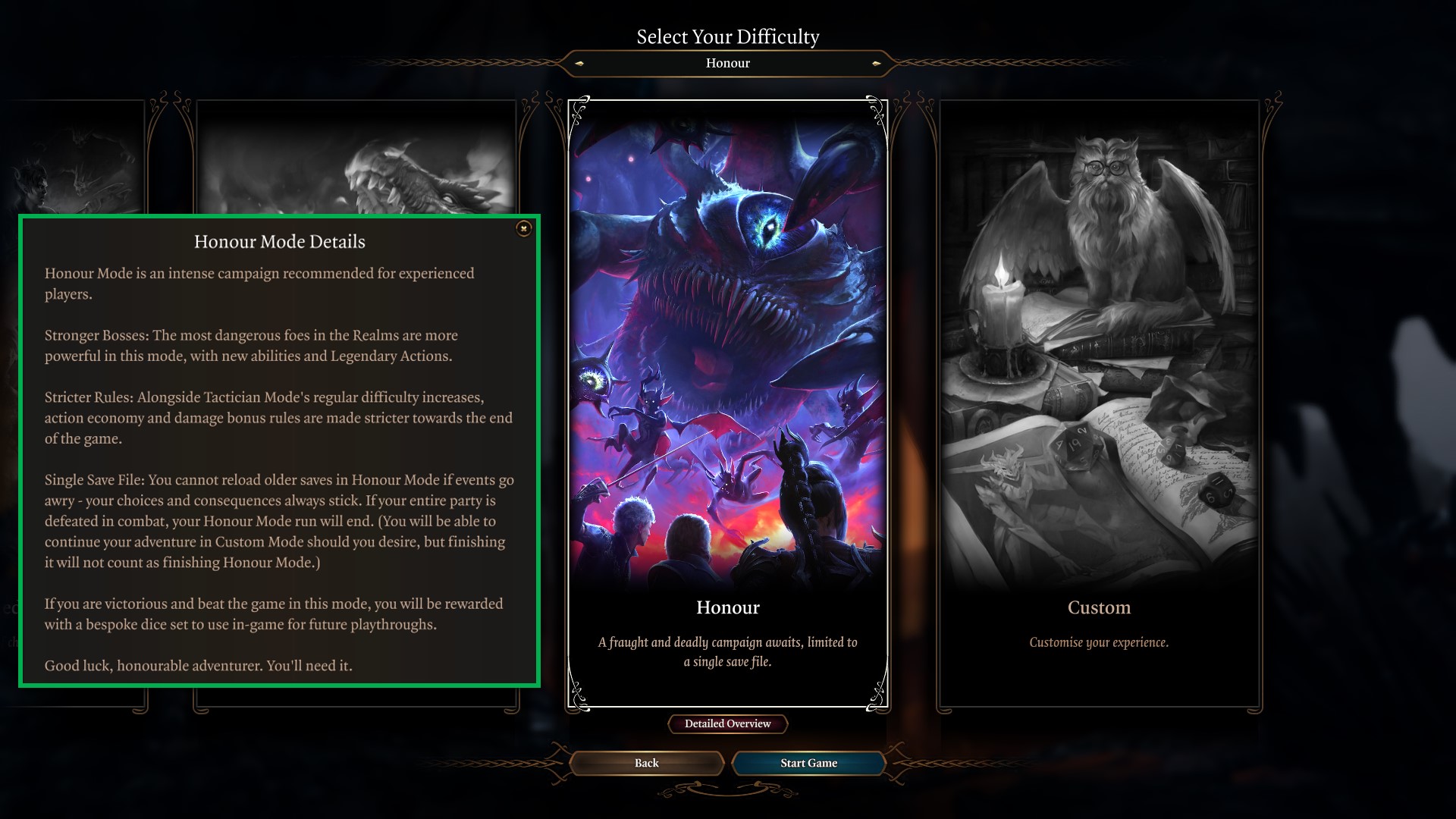
Honour mode, specifically, kept me playing for months. This difficulty was similar to Divinity Original Sin 2 honor, which gives you one save and automatically ends your campaign on a team wipe.
This means no reloading 200 times if the fight doesn’t go your way or alt f4 to come back another day. You must plan, prepare, and survive; otherwise, that 100 campaign is gone in the blink of an eye.
This gets your heart pumping and beating. The campaign gives you an achievement that’s a flex but a fun way to experience combat, knowing you have one shot to get it right.
Character Creation

In Baldur’s Gate 3, creating your character is far more than a cosmetic choice—it shapes your gameplay. It influences how the world responds to you. I’m not big on spending hours getting my eyeliner just right or my butt thickness, but people who love character design LOVE bg3.
The game offers 11 playable races, including iconic options like Elf, Tiefling, Human, Dwarf, and dragonborn. Each race has its own subraces—for example, Elves can be High Elves or Wood Elves—bringing the total to 31 subraces. This variety ensures endless options for customization.
Players can choose from 12 character classes, such as Wizards, who excel at spellcasting, or Barbarians, who thrive in unarmored melee combat. Each class is further divided into 46 subclasses, providing even more depth. If that’s not enough, you can multi-class to combine abilities from different classes for a truly unique build.
The customization options are so extensive that you might spend hours perfecting your character’s look. From hairstyles and beards to outfits, you can create anything from the most dashing hero to the quirkiest oddball in Faerûn.
Mods like Tav’s Hair Salon expand customization possibilities, giving users even more options and making the experience even more personal.
Your Character
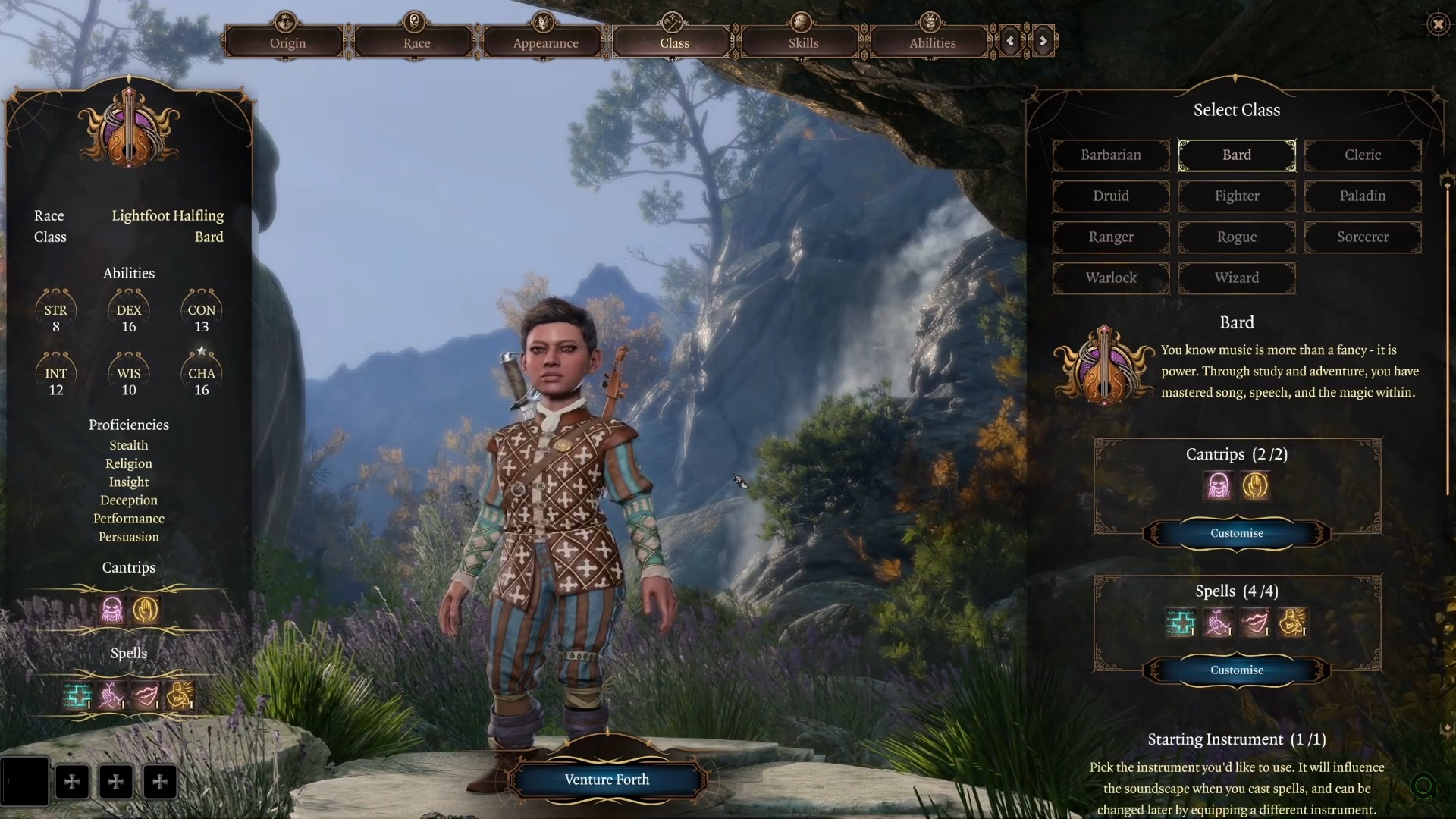
Combine race- and class-specific abilities with your character’s unique appearance, and you have endless ways to create a protagonist that feels entirely your own. Whether you’re a Half-Orc Barbarian smashing foes or a Drow Wizard mastering spells, Baldur’s Gate 3 ensures your choices have meaningful, lasting effects.
One notable change I touched on early but worth repeating is that races give a +1 and +2 to ability scores in BG3. This is not true for DND, and it gives you solid bonuses regardless of your racial choice. This was changed in early access because it forced people to play dwarfs for melee characters and high elves for spellcasters, etc.
Sure, there are some OP races like the Wood Half Elf, Orc, and Githyanki, but it won’t completely destroy your character’s build and stats if you go with a cute little Gnome. Does anyone play gnomes, really?
Graphics
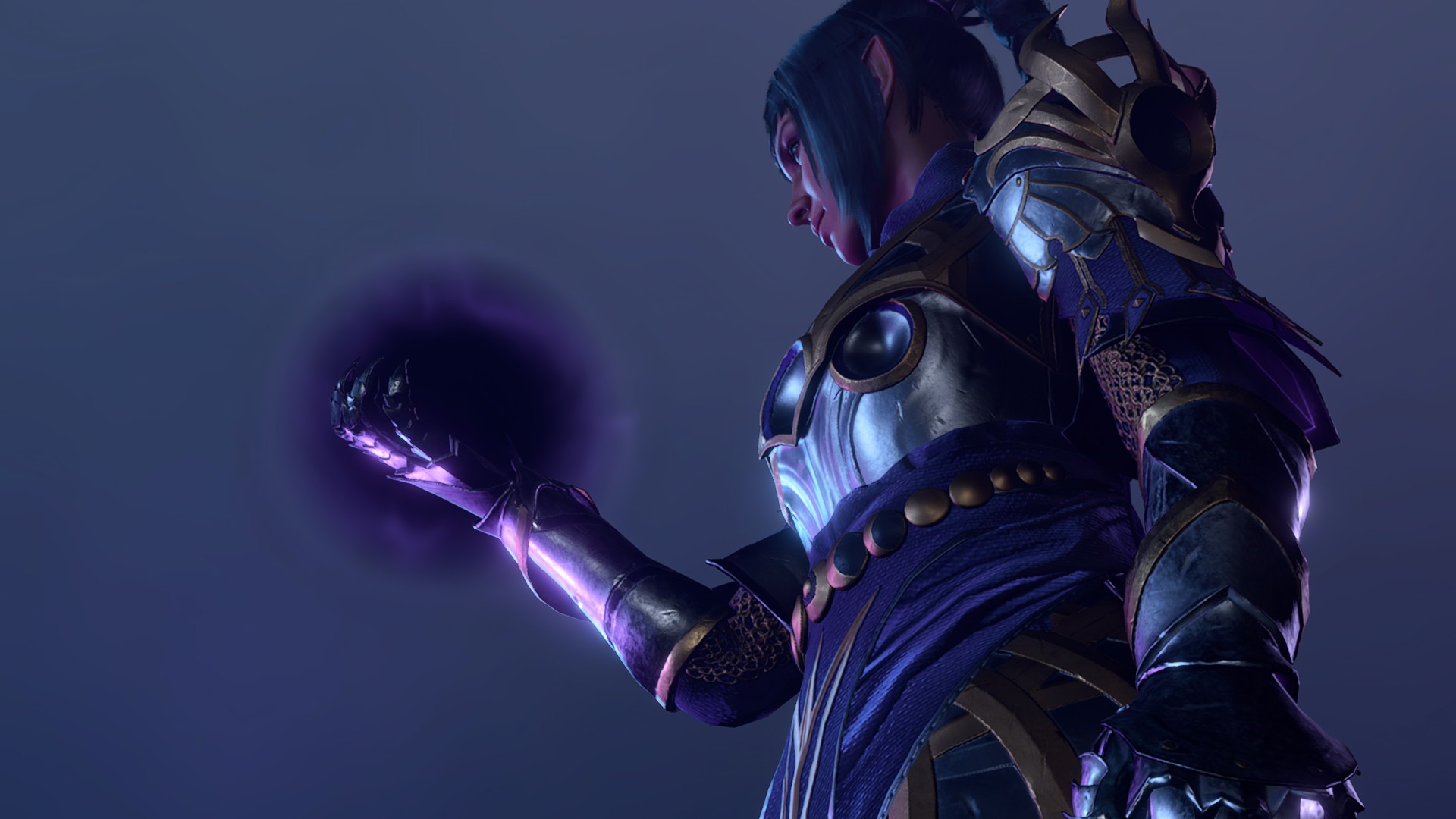
CRPGs have often been criticized for their dated graphics and niche appeal due to the traditional top-down perspective. While some may debate whether Baldur’s Gate 3 qualifies as a true CRPG, one fact is undeniable: this is the best-looking game based on tabletop D&D and arguably one of the most visually impressive RPGs ever made.
The game also features a flexible camera system, allowing players to switch between a fully third-person view and an isometric top-down perspective. This versatility enhances gameplay, letting you experience Faerûn in a way that suits your style. From the eerie depths of the Underdark to the lush, sunlit forests, every corner of the world is brought to life with stunning textures, lighting, and animations. The level of detail creates an atmosphere that is both immersive and expansive.
One of the best features of the graphics and sounds is the sheer volume and details of the cut scenes. I have no idea how many hours of cut scenes there are, but after every campaign and playthrough, it feels like a Lord of the Rings trilogy watch party. I’m known for being a filthy space bar er, skipping just to get to combat and gameplay, but there are some, like the end of Act 2, that cannot be skipped, no matter how many times I’ve watched it.
Again, back to my original point about what makes BG3 so special: It feels like you’re controlling a novel or a book with near-infinite choices, and each small micro decision makes the campaign and playthrough unique and different.
Immersion
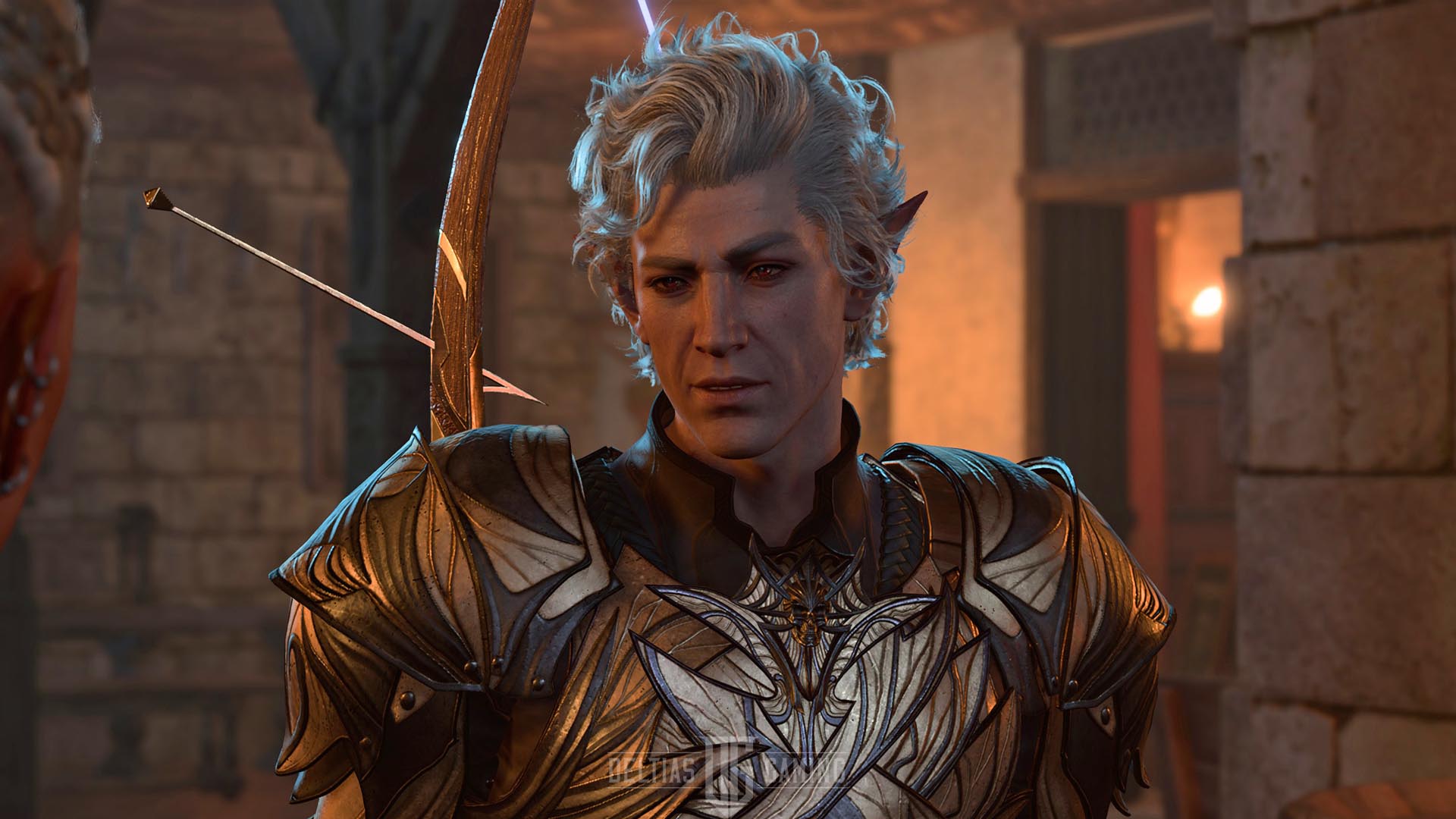
Immersion is critical for a fantasy RPG like this, and Baldur’s Gate 3 nails it. Every element—sound, visuals, and storytelling—pulls you into the world. Sound plays a key role in keeping you engaged. A poorly-timed or jarring sound effect could easily break the illusion, but Baldur’s Gate 3 excels in this department.
Borislav Slavov’s brilliant soundtrack transitions seamlessly between tension-filled battle music and serene exploration melodies, earning him a BAFTA for his work.
The voice acting is equally impressive, elevating already strong writing. Every character feels alive, and talented actors’ performances give weight to their decisions and interactions.
Amelia Tyler, serving as the game’s Dungeon Master, delivers an outstanding performance, narrating the world and the player’s actions in a way that fully immerses you in the story.
World-Building
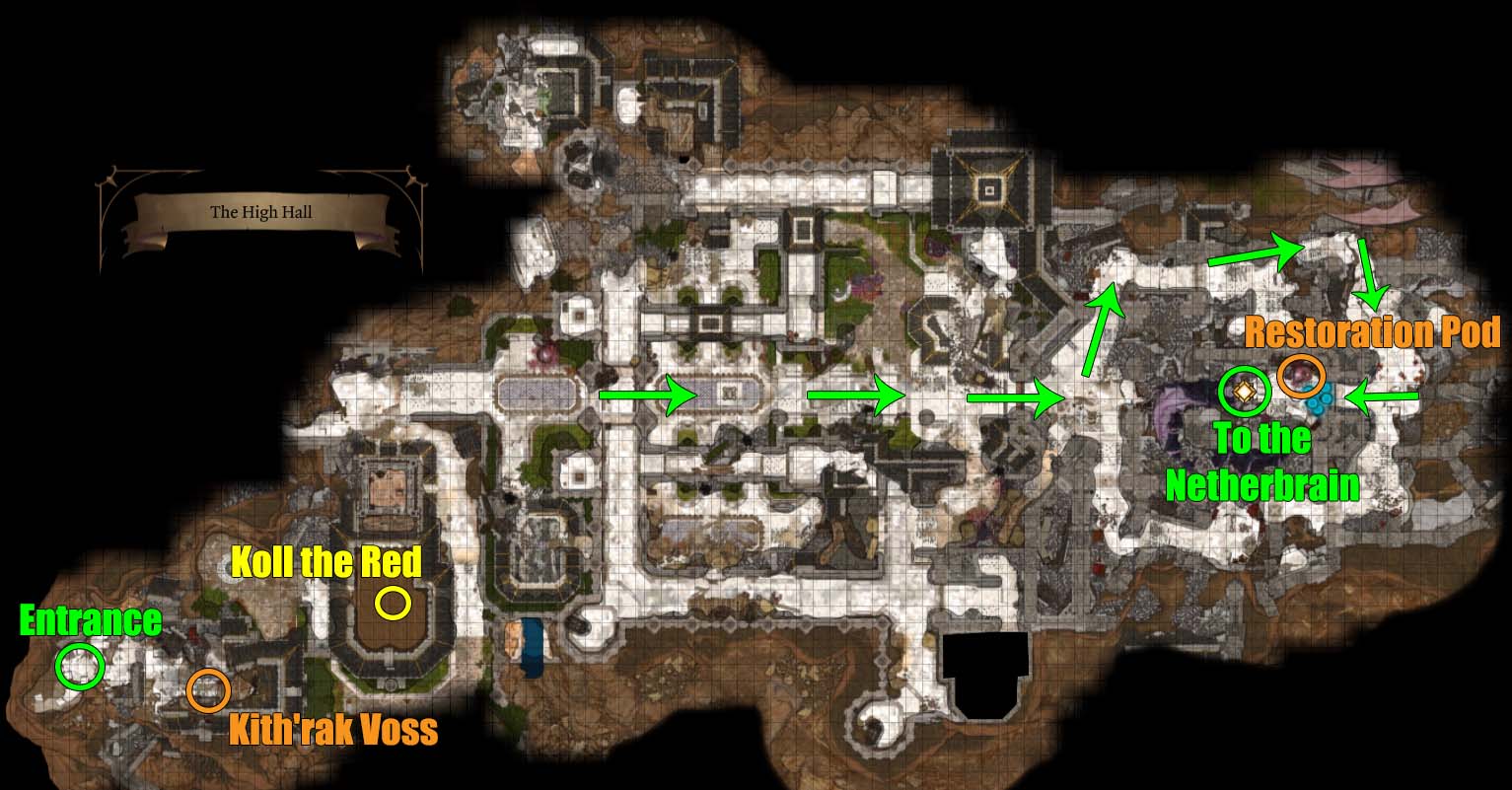
The world is crafted with extraordinary care from the Emerald Grove to the bustling city of Baldur’s Gate. Every location feels distinct, with its own culture, politics, and dynamics between races. How different regions treat various races and factions adds depth to the world, making it feel alive. The dedicated soundtracks for each location enhance the immersion, making every step of your journey feel meaningful. The world doesn’t revolve around you; you’re simply a part of it.
Every road you travel and every interaction you have feels natural as if the world would continue to exist even if you weren’t there. This level of authenticity sets Baldur’s Gate 3 apart from other games in the genre.
Another element I love about BG3 is that it’s not truly an open-world like Skyrim, where it’s one game world, and you can go anywhere you want. The game world is divided into 3 separate acts. Once you reach a certain point, you cannot return to previous acts unless you load and forgo progress.
Open World vs Linear
Normally, players don’t like a semi-linear approach, but I loved it. You have waypoints for fast travel, and each inch of the world has something possibly lurking around the corner, whether a trap, a dice roll while exploring to find a buried treasure, or something unexpected.
Maybe I’m not expressing my point clearly, but I’ll say something that most people don’t agree with; I think open-world games are sometimes merely open world to waste your time.
In some games, you spend what seems like 25% of your gameplay traveling, with zero unexpected encounters, or you run into annoying bandits that slow you down just to slow you down. Sure, this extends the gameplay, but does that game really respect your time, or is it just fluff?
In BG3, every second feels like you’re moving towards something like you’re progressing. Sure, you have to double back and sell items, but that time is minimal, and you might encounter a new quest, NPC, or branching dialogue option. The semi-linear open-world design respects your time as a gamer, allowing you to complete the main quest or flock around, look at every crate, and sell every rotten tomato you can if you so choose.
What’s Next for Baldur’s Gate 3?
We’ve established that Baldur’s Gate 3 is a phenomenal game. But how do you keep it great and attract even more players to the game or the genre? Every successful game needs ongoing support from its developers and community to truly reach its full potential. Baldur’s Gate 3 has delivered on both fronts, starting with a series of patches that improved the game’s quality and expanded its appeal.
A Journey Through the Patches
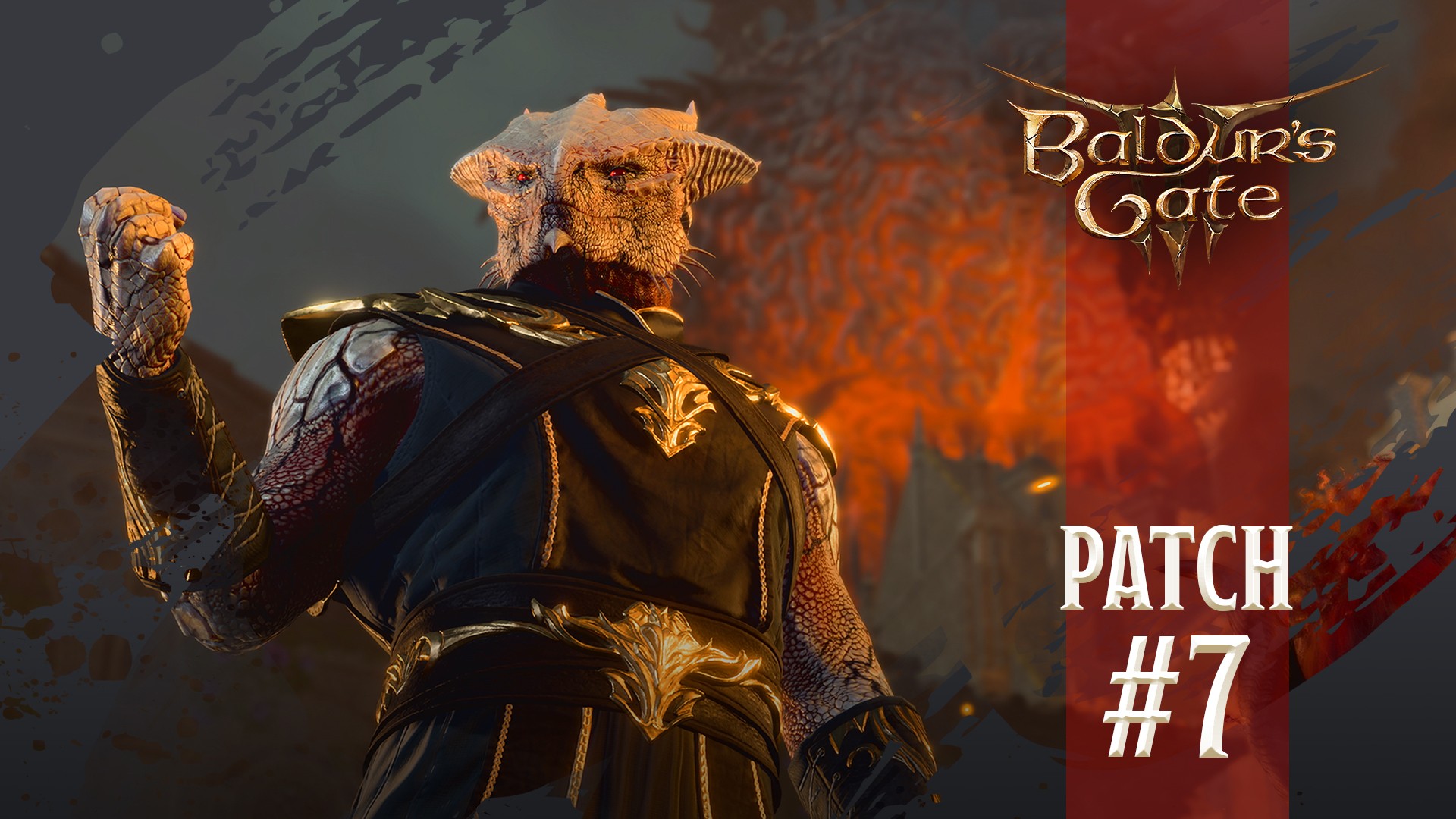
Below are a list of all the Baldur’s Gate 3 Patches released:
- Patch 1: Stability First: Released just weeks after launch, Patch 1 tackled many bugs and technical issues, laying the foundation for a smoother experience.
- Patch 2: Performance and Features: This update honed in on the game’s performance, particularly in the technically demanding Act 3. It also introduced much-requested features, further refining the overall gameplay experience.
- Patch 3: Personalization with the Magic Mirror: A major quality-of-life update, Patch 3 added the Mac version of the game and introduced the Magic Mirror. This feature lets players change their character’s appearance anytime. This wasn’t limited to minor tweaks; it was a full-on game-changer for customization.
- Patch 4: Accessibility and Immersion: This patch, focused on making the game more polished and inclusive, improved stability and added accessibility features like a colorblind mode, ensuring a wider audience could enjoy the game.
- Patch 5: New Content and Challenges: A massive update, Patch 5 introduced a playable epilogue that takes place months after the main storyline, complete with over 3,000 new lines of dialogue and new cinematics. It also added Honor Mode, a brutal difficulty setting for the most hardcore players.
- Patch 6: Cinematic Refinement: While quieter in terms of new content, this patch fine-tuned the game’s cinematics, enhancing key relationships and interactions between party members.
- Patch 7: The Game-Changer
- Patch 7 is pivotal for the game’s longevity, introducing official mod support. This move ensures the game can remain relevant and engaging for the next 10–15 years. It also added 13 new cinematics for players who choose darker paths in the story. Whether you embrace the Dark Urge or pursue a tyrannical rule, these scenes make your evil choices feel meaningful, providing satisfying (and often horrifying) consequences.
Free Content
What’s even more shocking about these patches than adding quality fixes and content is that they are free. No, Larian Studios isn’t selling you a terrible battle pass, yearly sub, or another $100 purchase to get a cute dress. Nothing. You buy the game; they update it for you to continue to enjoy for free with the aim that the modding community can keep the game alive and fresh with player-driven content.
With this effort and others, Larian Studios has reached where CD Projekt Red was with The Witcher 3. They could do no wrong; they were the darling of the gaming world.
I hope they can hold onto that magic as a game company and studio because as things grow, so do the American demands for profit. As gamers, Larian did the unthinkable by not nickel and diming us to death with additional purchases, and now we will see if they inspire other studios to do the same.
Future BG3 Modding
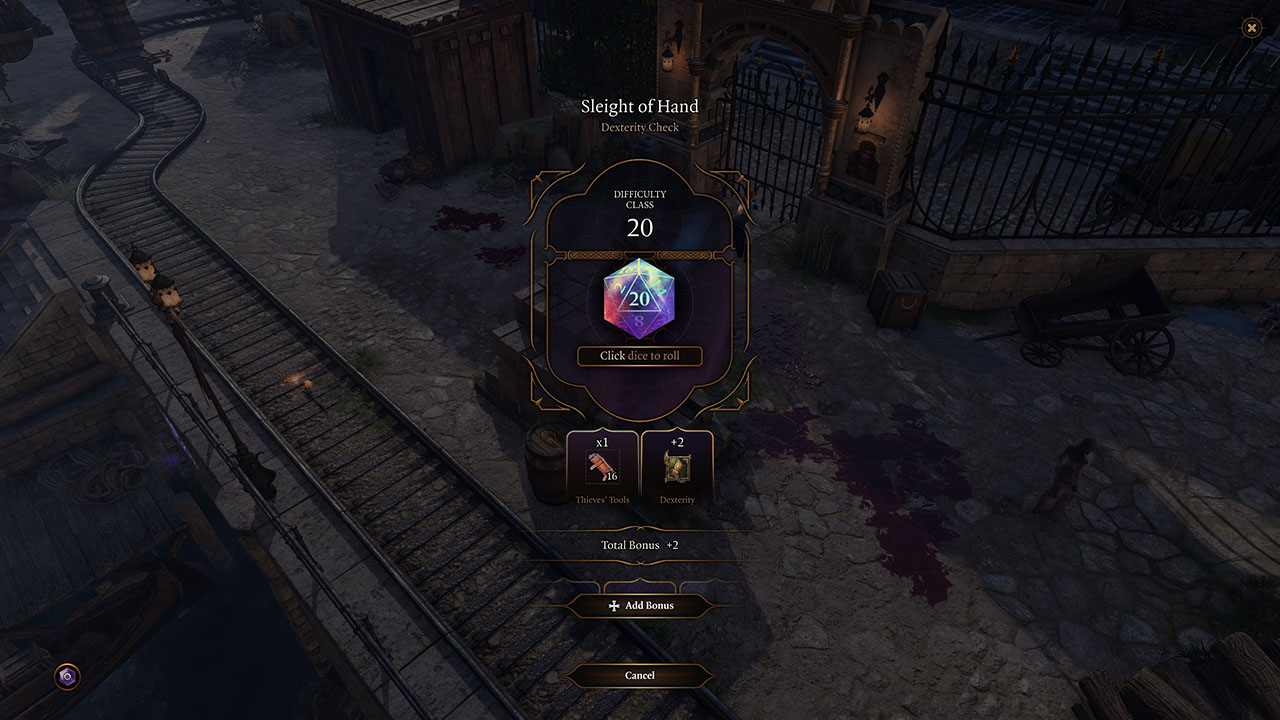
With these updates, Baldur’s Gate 3 has solidified its position as a great RPG and a living, evolving experience. Whether it’s through expanded story content, challenging new modes, or the limitless potential of mods, the game is set to thrive for years to come.
One of the most exciting additions in Patch 7 is the official Mod Manager and modding toolkit. This feature allows players to safely and easily create, share, and install mods, ensuring that modding remains a core part of Baldur’s Gate 3’s long-term appeal. Now, mods are supported across all platforms, including PC, Xbox, and PlayStation.
Thanks to official support, the community has the tools to create full-scale campaigns, expanding the D&D universe in unimaginable ways. Think about how mods have kept Skyrim alive for over a decade. The potential is even greater with Baldur’s Gate 3 already starting from a stronger foundation.
You don’t need mods to enjoy Baldur’s Gate 3. The base game already offers enough content to keep you engaged for years. But when you’re ready for something different, the modding community has you covered.
A Growing Modding Community
Over 2,600 mods are currently available, and cross-platform modding launched in October 2024. Below are some mods we recommend:
- Expanded Origins: Introduces more recruitable origin characters for your party.
- Tav’s Hair Salon: Offers a huge selection of additional hairstyles.
- AI Overhaul Mods: Enhance combat difficulty for a more challenging experience.
- Sidror’s BG1 & BG2 Throwback: Adds elements from the original games for nostalgia fans.
- D&D 5E Spelljammer by Slamb Boy: A space-themed mini-campaign for a unique adventure.
- Grand Theater Campaign by Mozilla: Focuses on intrigue and dark magic, featuring a Red Wizard-centric storyline.
- Act 2 Expansion by Squal Deans: Expands and enriches the vanilla Act 2 experience.
- The Githyanki Mod: Adds the Githyanki as a playable race, expanding character creation options.
These are just a few examples, and new mods are regularly added. You can browse the official Baldur’s Gate 3 Modding Hub to explore more options.
Console Modding and Limitations
Given hardware constraints, console players are limited to 100 mods to ensure stability. This cap also affects cross-saves between PC and console, but it’s a necessary trade-off to maintain performance. Keep this in mind as you curate your mod list.
The introduction of modding tools and the new Modding Hub is a game-changer for Baldur’s Gate 3. Whether you want to tweak small details, dive into a custom campaign, or explore entirely new worlds, the possibilities are endless. Mods and Larian’s ongoing updates have solidified Baldur’s Gate 3 as a timeless classic with infinite replay value.
Co-op and Multiplayer
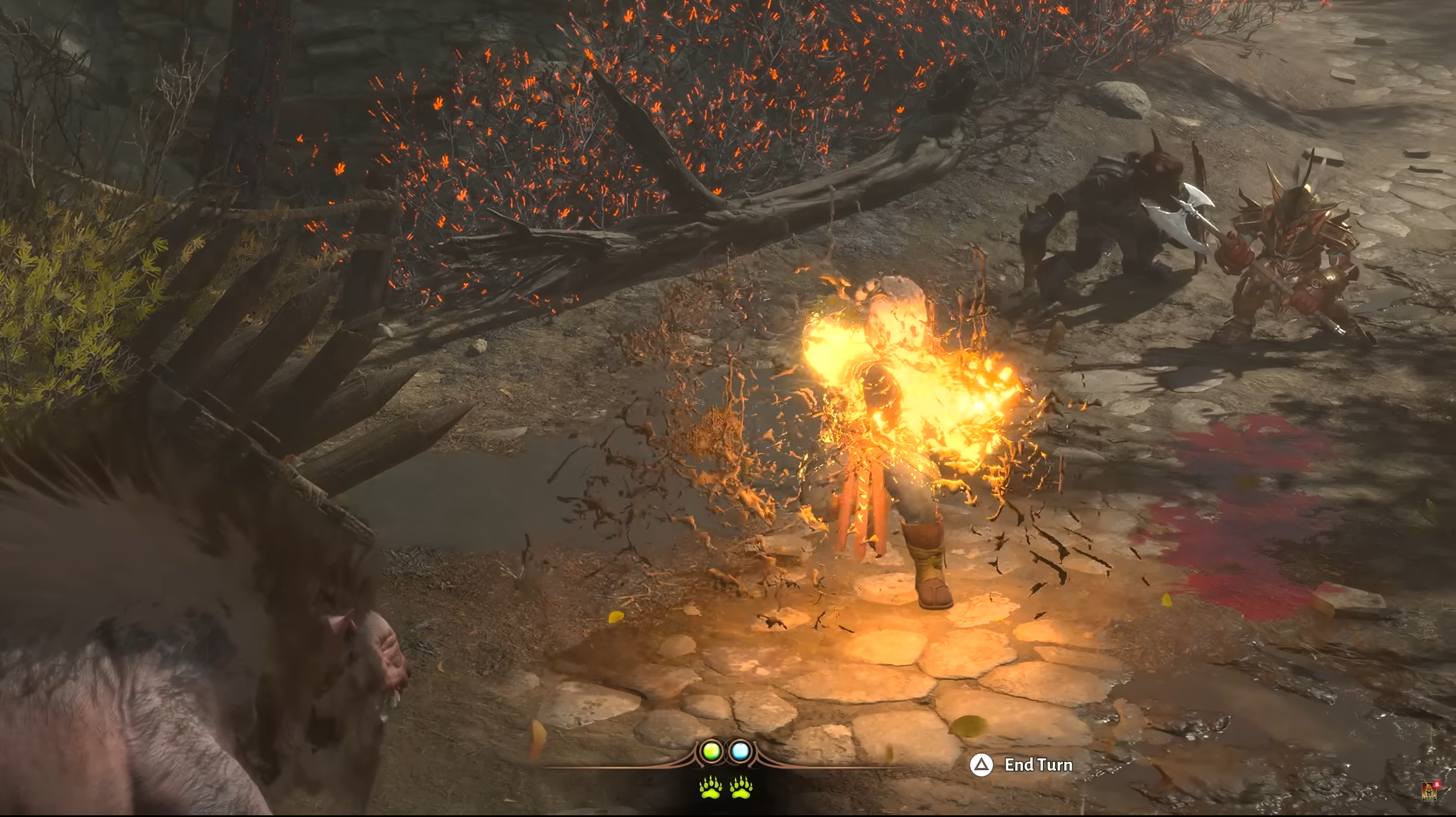
The co-op experience in Baldur’s Gate 3 continues to shine, especially with the dynamic split-screen gameplay introduced in Patch 7. Playing with friends adds a new dimension to the game. Multiplayer gameplay has only grown richer thanks to the influx of custom campaigns and mods. These community-driven additions allow players to create and share unique adventures, from custom-designed dungeons to new storylines. This constant refresh of multiplayer content ensures Baldur’s Gate 3 remains a staple for long-term play.
How Does Baldur’s Gate 3 Compare to 2025 Standards?
Even in 2025, Baldur’s Gate 3 holds its own visually. While newer games may boast cutting-edge graphics, BG3 shines with meticulous detail, immersive environments, and artistic direction. Optimizations from Patch 7 ensure the game runs smoothly across platforms, Patch 7 increased Steam Deck usage by surged by 61%.
Baldur’s Gate 3 remains a benchmark in the RPG genre, standing apart for its commitment to true player choice and meaningful consequences. Unlike many modern RPGs that lean heavily toward action-adventure mechanics with superficial choices, Baldur’s Gate 3 offers genuine player agency. Your decisions ripple across the narrative, shaping relationships, factions, and the world.
For fans of narrative-driven games, the core of BG3 is as strong as ever. The game is approachable whether you’re a seasoned RPG player or new to the genre. Inspired by 5th Edition D&D, its tactical combat system is intuitive, with clear explanations for every ability and mechanic. The UI is user-friendly, ensuring newcomers aren’t overwhelmed, and the learning curve is steady, not frustrating.
Is it worth playing BG3 in 2025?
This brings us to our long-winded answer to the original question: Is it worth playing BG3 in 2025? The answer is yes. Whether you haven’t played in a year or ever, it’s not too late to enjoy arguably the best fantasy RPG ever.
With its storytelling excellence, tactical depth, and endless community-driven content, Baldur’s Gate 3 remains a standout RPG—even years after its release. Whether you’re new to the game or a returning fan, it offers hours of engaging gameplay and fresh experiences.
Looking For More About Baldur’s Gate 3?
Thank you for reading Is Baldur’s Gate 3 Worth Playing in 2025 article. We provide the latest news and create guides for Baldur’s Gate 3. Also, watch me play games on Twitch or visit my YouTube channel!
 Reddit
Reddit
 Email
Email
